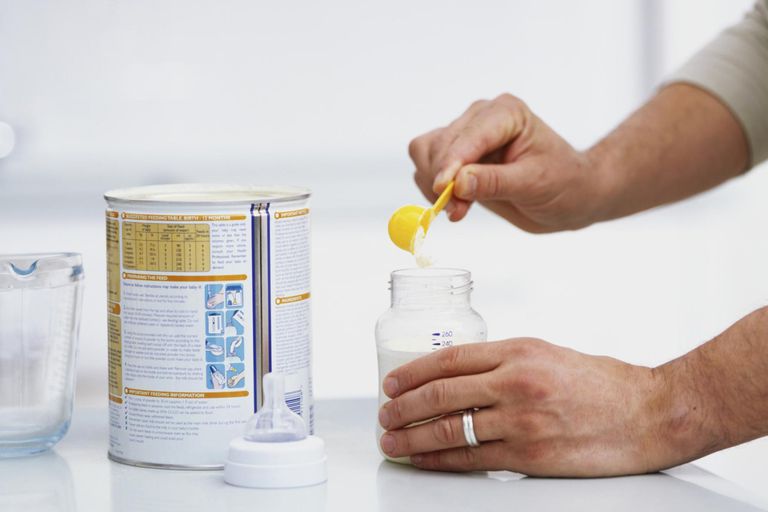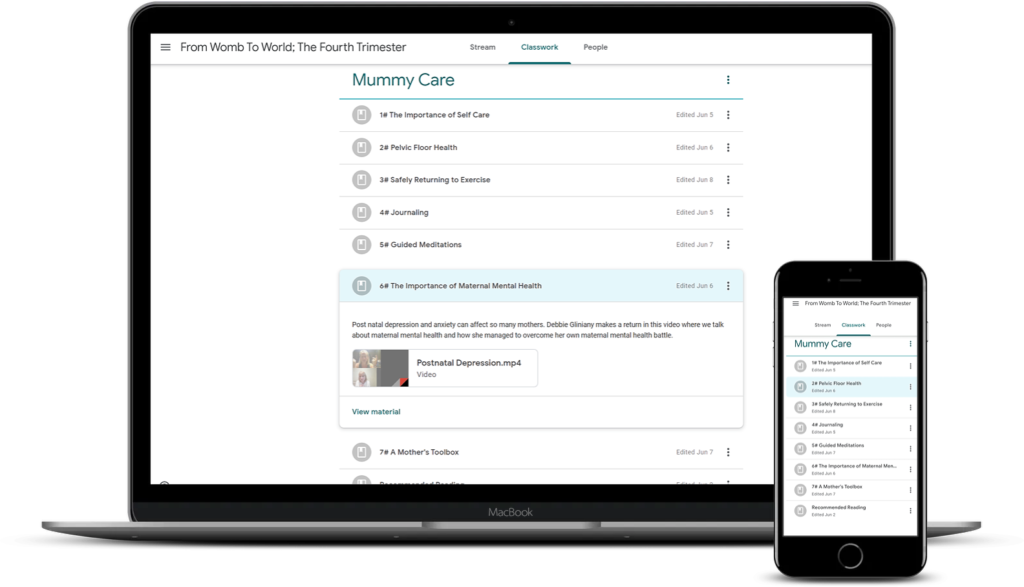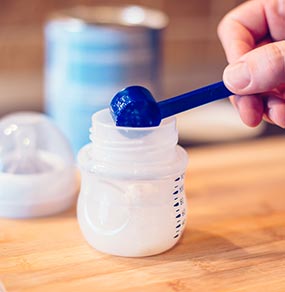You’ve decided you want to switch baby’s formula. Can you switch baby’s formula immediately or does it need to be gradual? Here we discuss the pros and cons and why you might want to consider when switching baby’s formula.
Switching from different brands
If you are struggling with supply issues of your baby’s current formula or your current formula is suddenly very expensive, you may want to switch baby’s formula to a different brand.
If it’s cows milk based and you are changing brand, then directly swapping should cause no harm. There is no need for a gradual swap. What you may notice is that your baby may be able to taste the difference between the different brands. In that case, the advice is to offer the new formula as the first bottle of the day in the hope for least resistance, or when they are particularly hungry. It often doesn’t take long for a baby to adapt.
It’s good to know that all infant formula brands must meet standard regulations so they have the same basic ingredients. What maybe different is the source of the ingredients such as organic and non-organic. Some formula brands contain palm oil which can have an effect on baby’s digestive system.
Colic & Constipation Milk
If you think you baby is struggling with colic, gas and constipation, you may have noticed Colic & Constipation milk or Comfort milk. This formula is cows milk but some of the proteins are slightly broken down (hydrolysed). This makes the formula easier on the digestive system. Again, you should be able to introduce this milk immediately without slowly transitioning. You may notice that your baby’s stools change consistency or colour due to the change in composition of the milk. This is usually temporary until the digestive system has adapted to the new milk.
Anti-Reflux Milk
Anti-reflux formula also known as ‘staydown milk’ is cows milk based but with an added thickener to help prevent reflux symptoms. It is recommended that you seek medical advice before trying anti-reflux formula. You can switch formulas straightaway. You may notice a change in the frequency of your baby’s stools due to the thickened nature of the milk. Keep a diary of your baby’s symptoms when making the change. This will help you notice any improvements in reflux and your baby’s stools in case the thickened formula causes constipation.
Goats Milk
Goats milk is now more readily available as an infant formula. However, it is not suitable for babies who have been diagnosed with a cows milk protein allergy due to the similar proteins in both milks. You can read more about goats milk for colic and how it may help your baby.
If you switch from cows milk to goats milk, the advice from Nannycare is to transition slowly. This will allow your baby’s tummy to adjust to the different proteins in the milk. On the first day, the first bottle of the day should be the goats milk and the rest the original formula. On day 2, switch 2 bottles. Day 3, switch 3 bottles and so on until all of the bottles have been switched to the new formula.
Prescription milk for cows milk protein allergy
If your baby has a cows milk protein allergy and your medical professional has prescribed a hydrolysed formula, then make the switch straight away. It will allow your baby’s digestive system to begin healing from the allergy and improve their symptoms more quickly.
Side effects from changing formula
The side effects of changing your baby’s formula ‘cold turkey’ include;
- Fussy behaviour
- Bottle refusal
- Constipation
- Loose stools
- Changes in stool colour
All of the above are usually short lived whilst your baby and their digestive system adjusts to their new formula. If symptoms such as a rash, swelling, difficulty breathing or blood in stools occur, please seek immediate medical attention.
Transitioning slowly
There are tips on transitioning slowly if you decide to not change immediately. These include offering the new formula when they are the most hungry (usually the first bottle of the day). You can also mix the old and new formula together and slowly alter the ratio of old and new formula with each bottle. However ensure that you are preparing the formula as per the instructions.
Switching formulas can be done immediately if it’s just a case of swapping from one cows milk formula to another cows milk formula. Although, you are at the mercy of your baby’s taste buds.














